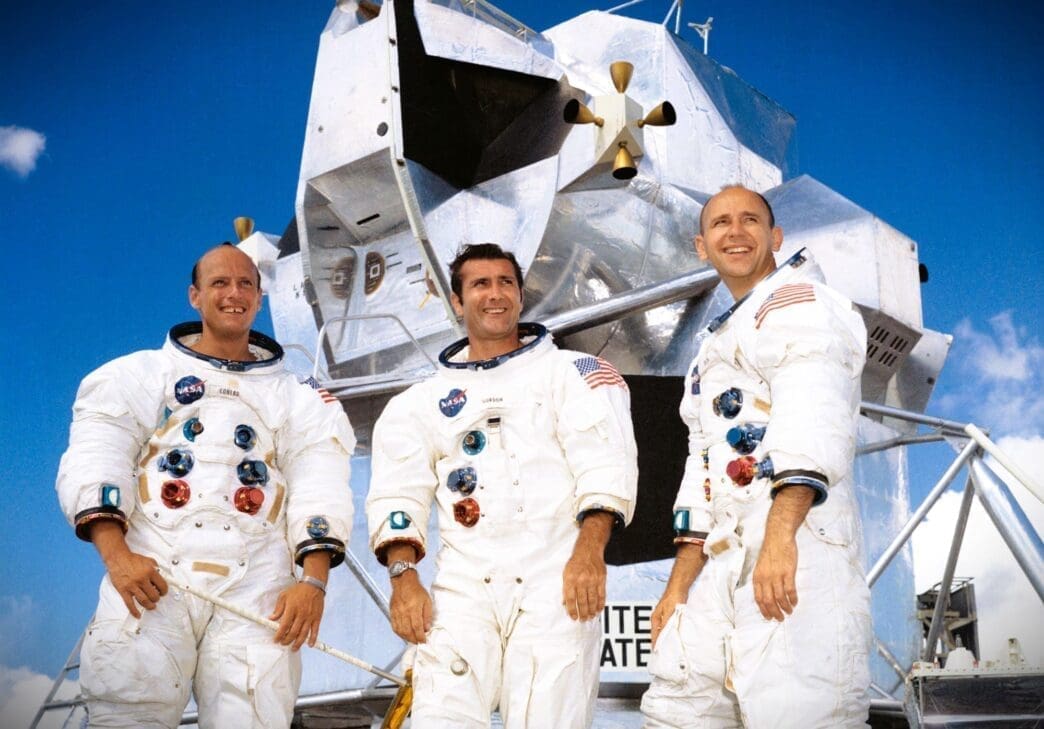On November 14, 1969, Apollo 12 commenced its voyage from Cape Canaveral under rainy skies, facing an unexpected hurdle just seconds after liftoff.
Thirty-six seconds into Apollo 12’s flight, a sudden lightning strike caused chaos onboard. Astronaut Richard Gordon’s immediate reaction, “What the hell was that?” underscored the gravity of the situation. The lights on the spacecraft’s main display flashed erratically, indicating something was amiss. Although unaware of the lightning strike, the crew faced a pressing need to manage the failing systems.
In response to this unforeseen event, Gerald Carr, the spacecraft communicator, instructed the astronauts to proceed to ‘Abort Mode I-Bravo’. This directive was crucial as it provided a contingency plan if an immediate abort was necessary due to the malfunction. Yet, before the astronauts could fully react, another bolt of triggered lightning struck the rocket just 12 seconds later.
This type of lightning, unique and distinct from typical storm lightning, resulted from the rocket ascending through electrically charged clouds, triggering the lightning. This incident exemplifies how machinery interacts with atmospheric conditions. The Apollo 12 team swiftly tackled the issue. “Try SCE to Auxiliary,” Carr suggested, referencing the Signal Conditioning Electronics switch. Despite initial confusion, astronaut Alan Bean successfully switched to auxiliary, resolving the console glitches.
Instrumental to the quick resolution was John Aaron, a NASA engineer with expertise in electrical systems. Aaron recognized the pattern of the malfunction from a previous test. His knowledge of processes allowed him to suggest the precise corrective action, despite the rarity of such occurrences. He later reflected on the luck involved that he was on duty that day to see through the resolution.
Post incident resolution, the flight to the moon proceeded without further technical hitches. The crew maintained their mission focus, and as the situation stabilized, they bantered about the bizarre encounter. Once safely back on Earth, the integrity of the launch and subsequent operations was lauded.
While Apollo 12 overcame its brush with weather-induced peril, not all space missions have been as fortunate. The 1987 Atlas-Centaur rocket launch was destroyed when a lightning strike was triggered, though fortunately, no crew was aboard. This incident led to the establishment of stricter weather guidelines for launch conditions. Additionally, a Soyuz rocket in 2019 sustained a lightning strike post-launch but managed to complete its mission successfully.
Apollo 12’s near disaster due to weather-related mishaps remains a testament to human resilience and adaptability in the face of unforeseen challenges, as well as a reminder of the powerful forces of nature.
Source: Accuweather








